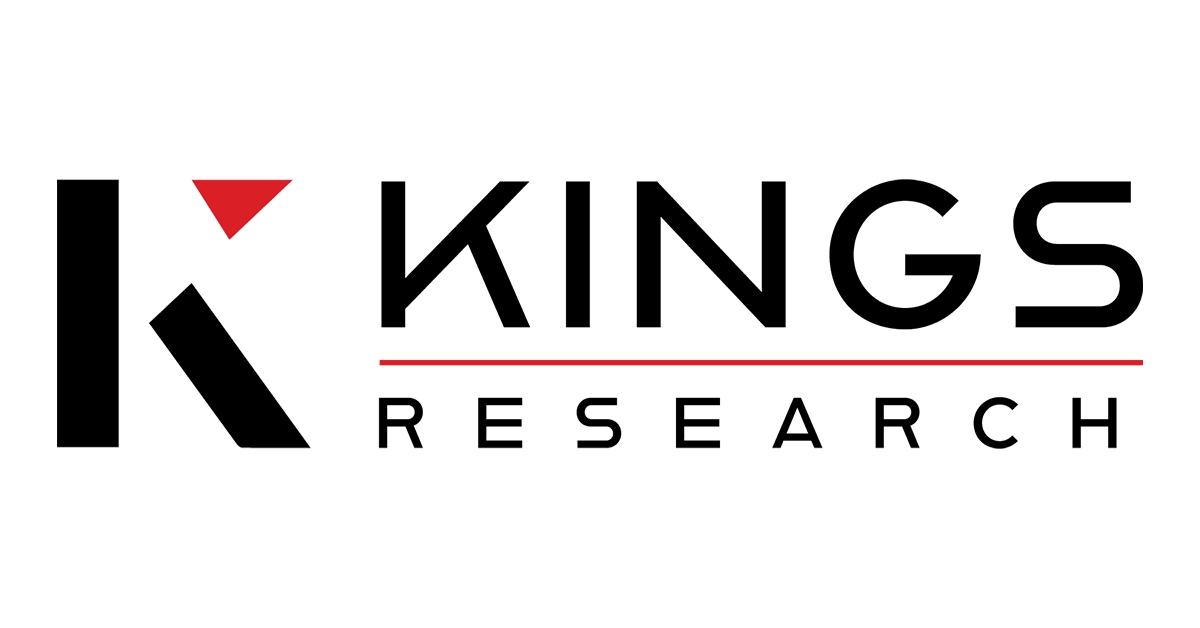Shaping the Future: 3D Printing Market Forecast and Emerging Opportunities

The global 3D printing market size was valued at USD 18.45 billion in 2024 and is projected to grow from USD 22.38 billion in 2025 to USD 88.20 billion by 2032, exhibiting a CAGR of 21.55% during the forecast period.
Global 3D Printing Market Overview (2024–2031)
Kings Research highlights the transformative trajectory of the 3D Printing Market, noting substantial growth driven by innovation, industrial adoption, and government initiatives.
Market Growth Drivers
- Rapid industrialization and demand for customized manufacturing are fueling 3D printing adoption across various sectors.
- Shifting from traditional manufacturing to digital and decentralized production models.
- Enhanced capabilities in rapid prototyping and complex part production reduce time-to-market and cost.
- Growing adoption in aerospace, automotive, and healthcare sectors for lightweight, durable, and intricate components.
Emerging Market Trends
- Expansion from prototyping to full-scale end-use product manufacturing.
- Integration of AI, machine learning, and IoT in 3D printers for smart monitoring and automated production.
- Bioprinting and personalized healthcare solutions are becoming key application areas.
- Surge in 3D printing applications in educational institutions and research facilities.
Unlock Key Growth Opportunities: https://www.kingsresearch.com/3d-printing-market-2492
List of Key Companies in 3D Printing Market:
- 3D Systems
- Materialise
- Stratasys
- EOS GmbH
- voxeljet AG
- HP Development Company, L.P.
- Proto Labs
- Nikon SLM Solutions AG
- Carbon, Inc.
- Velo3D
- Eplus3D
- Renishaw plc.
- Fusion3 Design, LLC
- Shapeways
- DESKTOP METAL
Market Demand Outlook
- Increased demand for custom parts in low-volume production environments.
- Strong push from small and medium enterprises (SMEs) for affordable 3D printing solutions.
- Expansion into consumer electronics, construction, and jewelry sectors.
- Greater use of on-demand printing services due to reduced inventory costs.
Key Market Dynamics
- Government support through funding and innovation initiatives.
- Cost reduction due to improved economies of scale and software innovations.
- Rise of sustainable materials and eco-friendly printing methods.
- Growing accessibility of user-friendly desktop 3D printers.
Challenges in the Market
- High initial costs of industrial-grade 3D printers and materials.
- Lack of standardization and quality assurance across applications.
- Concerns around intellectual property protection in digital manufacturing.
- Shortage of skilled professionals and limited training programs.
Market Segmentation Overview
By Component:
- Printers (desktop and industrial)
- Materials (plastics, metals, ceramics, resins, biomaterials)
- Software (CAD/CAM, simulation, design tools)
- Services (on-demand printing, consultation, maintenance)
By Printer Type:
- Desktop Printers: Growing in education and small business environments.
- Industrial Printers: Dominating heavy industries for large-scale production.
By Technology:
- Fused Deposition Modeling (FDM)
- Selective Laser Sintering (SLS)
- Stereolithography (SLA)
- Digital Light Processing (DLP)
- Direct Metal Laser Sintering (DMLS)
- Electron Beam Melting (EBM)
By Material:
- Thermoplastics
- Metals and metal alloys
- Ceramics
- Resins and photopolymers
- Biocompatible and sustainable materials
By Application:
- Prototyping (dominant use-case across industries)
- Tooling
- End-use manufacturing (increasing share across automotive, aerospace)
By End-Use Industry:
- Aerospace & Defense
- Automotive
- Healthcare & Medical Devices
- Consumer Goods
- Education & Research
- Architecture & Construction
Regional Analysis
North America:
- Leading in adoption due to strong presence of OEMs, innovation hubs, and R&D institutions.
- Government support for digital manufacturing and industrial innovation.
Europe:
- Strong market presence in Germany, the UK, France, and the Netherlands.
- Focus on sustainable production and green technologies driving 3D printing initiatives.
Asia-Pacific:
- Fastest-growing region with increasing industrial automation in China, Japan, South Korea, and India.
- National programs encouraging additive manufacturing adoption in various sectors.
Latin America, Middle East & Africa:
- Gradual growth supported by awareness programs and technological diffusion.
- Expansion of local 3D printing service providers enhancing regional access.
Outlook and Opportunities
- The 3D printing market is transitioning into a core manufacturing solution, with applications across virtually every industry.
- Ongoing material innovation and smarter software will further enable scalability and precision.
- Governments, startups, and global corporations alike are positioning 3D printing as key to next-gen manufacturing ecosystems.
- With reduced cost barriers and broader training programs, adoption is expected to surge across developing markets.
Browse Related Article:
Smart Logistics: How GenAI Is Powering Japan’s Next-Gen Supply Chain
The Rise of AI-Native Startups: Building Businesses Without Traditional Teams
Top 5 Japanese Innovations That Could Reshape the Global Automotive Industry by 2030
- Art
- Causes
- Crafts
- Dance
- Drinks
- Film
- Fitness
- Food
- Игры
- Gardening
- Health
- Главная
- Literature
- Music
- Networking
- Другое
- Party
- Religion
- Shopping
- Sports
- Theater
- Wellness

